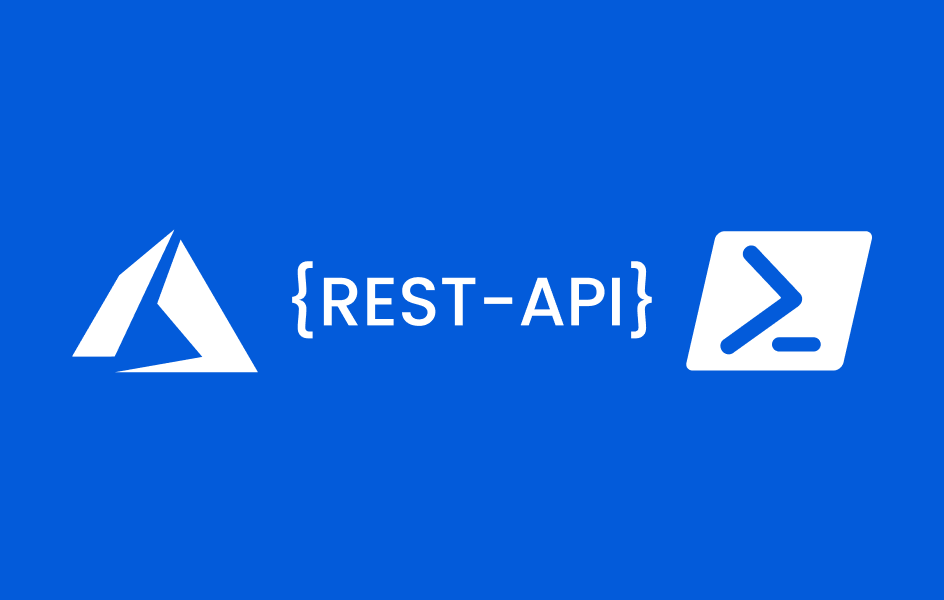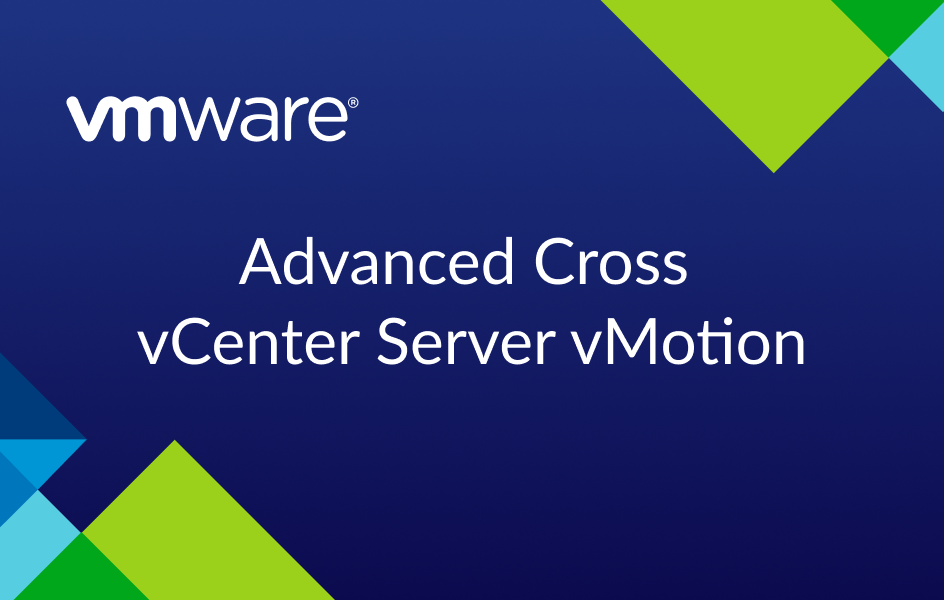Backup Office 365 with Veeam Backup for Office 365
No one needs to tell that the efficiency and variety of security measures that keep your system up and running have gone quite up in recent years. However, you can’t be ready for everything, so it’s good to make sure your backup’s got your back, in this case – for Office 365 users.
Read more




